AI Image Generation
Exploring AI Image Generation Tools and Effective Prompting
Welcome to the fascinating world of AI image generation, where creativity meets technology! In recent years, we have witnessed a revolution in how art and images are created, thanks to artificial intelligence. These tools are not just a trend; they represent a crucial evolution in digital art creation, allowing artists, designers, and even hobbyists to generate stunning visuals with just a few words. Understanding these tools and how to use them effectively is essential in today's digital landscape.
How AI Image Generation Works
At the heart of AI image generation lies complex technology that enables machines to create visual content. This process typically involves the use of neural networks—a form of artificial intelligence that mimics the human brain's structure and function. These networks are trained on vast datasets of images, learning to recognize patterns, styles, and elements that make an image visually appealing. The result? A generator that can create unique images from scratch based on text prompts.
Key processes include:
- Training Data: Large datasets help teach the AI what different styles and objects look like.
- Algorithms: Specific algorithms dictate how an AI interprets a prompt and translates it into imagery.
- Feedback Loops: Many systems improve over time through user feedback, refining their output and enhancing quality.
Best AI Image Generation Tools
Let's dive into some of the best tools available today:
-
Krea.ai: This innovative platform features a real-time generator powered by Flux, allowing users to see their creations come to life instantaneously. Krea.ai is excellent for those who want immediate visual feedback and the ability to iterate quickly on designs.
-
Midjourney: Known for providing high-quality results, Midjourney excels in generating artistic images with remarkable detail. Its user-friendly interface and community-driven features make it a popular choice among artists and creators.
-
Openart.ai: This platform allows users to explore both community models and proprietary models with various workflows ready to use. Openart.ai creates an expansive environment where users can experiment with different styles and techniques, making it perfect for anyone looking to push the boundaries of their creativity.
These are just a few examples of the many AI image generation tools available today. Each has its own unique features and capabilities, so it's worth exploring them to find the best fit for your needs.
Prompts for High-Quality Image Generation
Crafting effective prompts is crucial for generating high-quality images. Below are some examples of good prompts that you can use to inspire your creations:
- “A futuristic city at sunset, with flying cars and neon lights”
Krea.ai result:
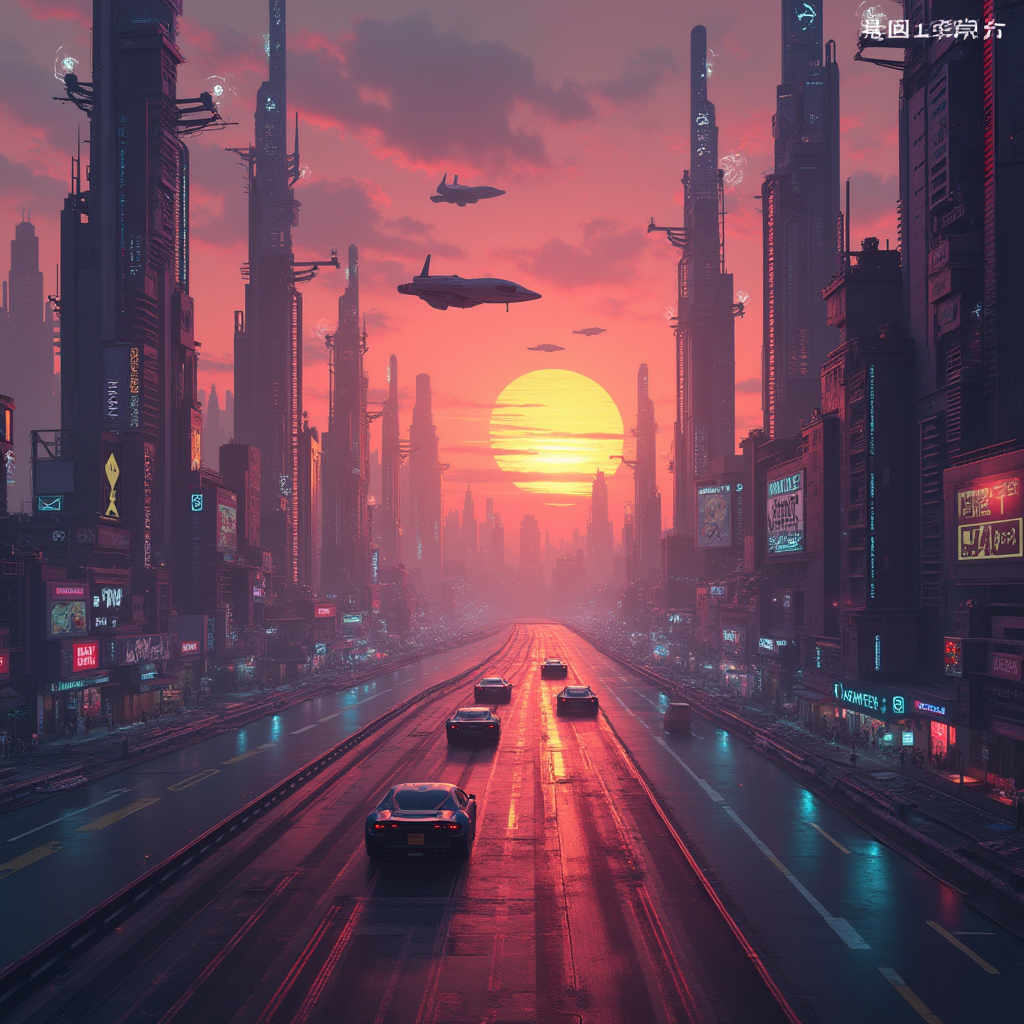
Midjourney result:
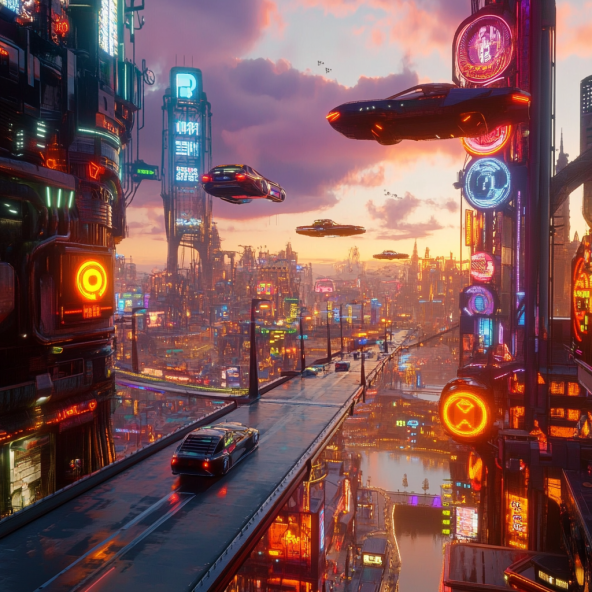
- “A serene landscape featuring a waterfall and a rainbow”
- “A portrait of a cat dressed as a pirate in a whimsical style”
Krea.ai result:
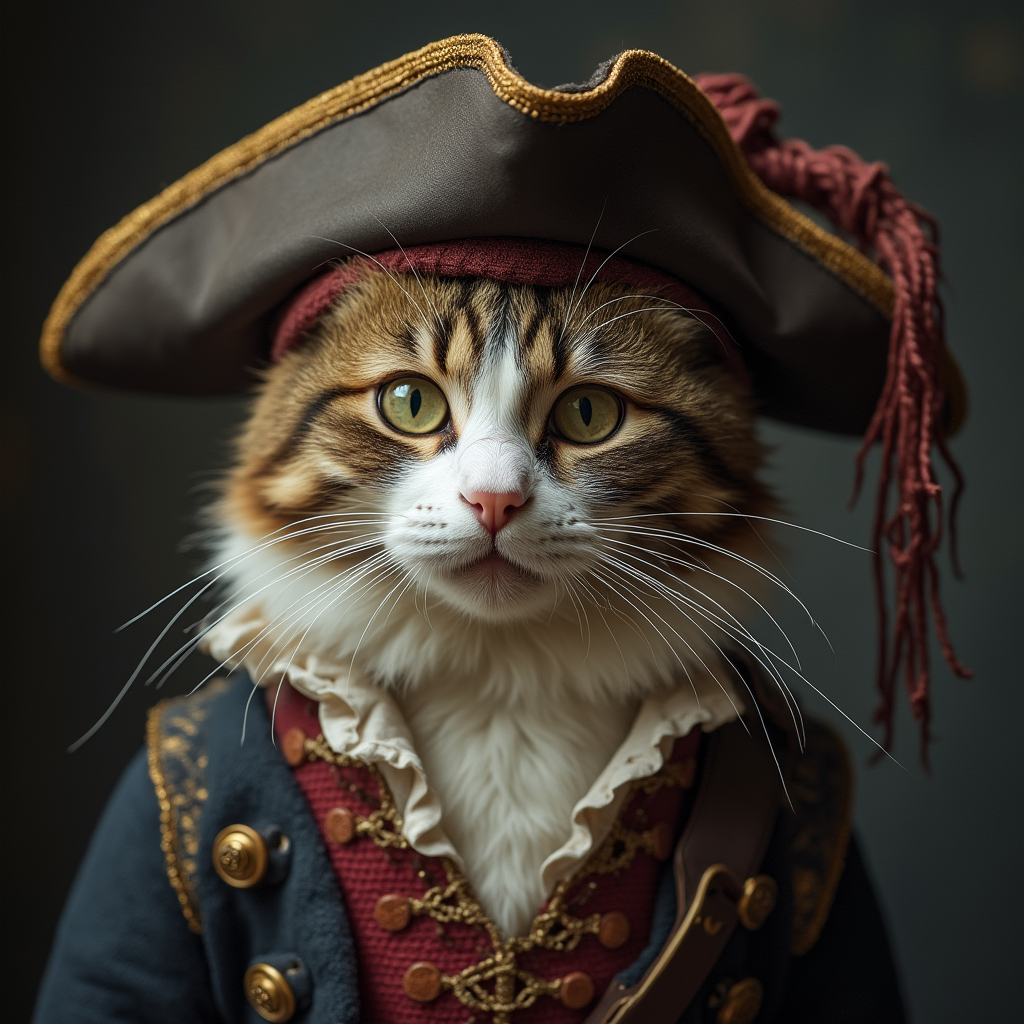
Midjourney result:

- “An alien planet with unusual plants and creatures”
Can you guess which model produced each of the following images?
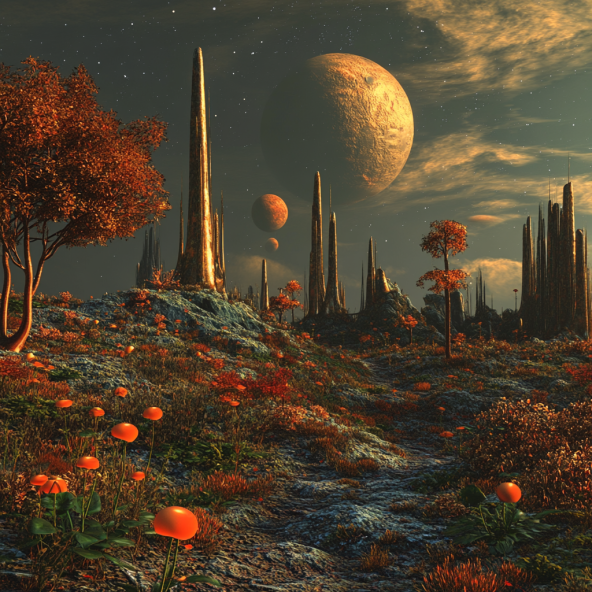
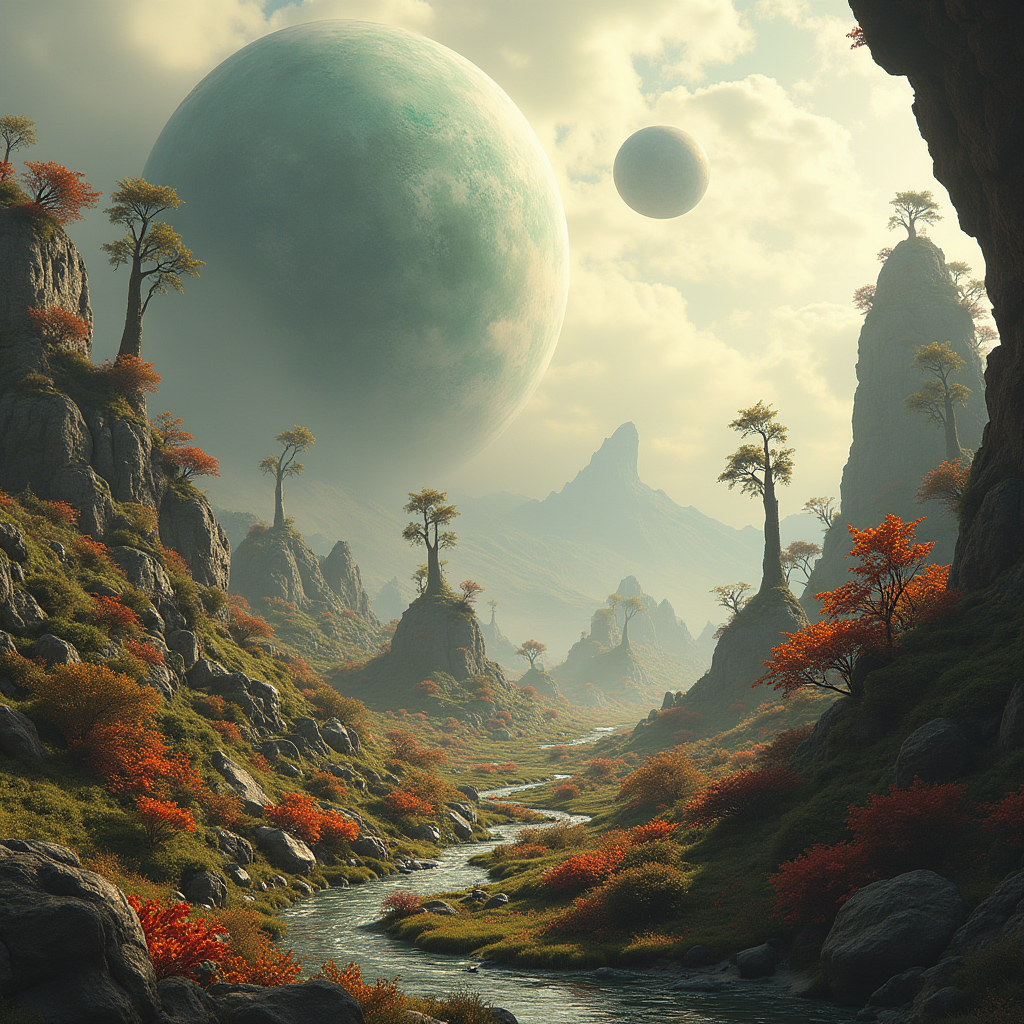
- “A vintage-style poster for a fictional movie about time travel”
The styling
Keep in mind that the styling of the image is as important as the content. The styling will determine the overall look and feel of the image. Include words as "realistic", "cartoon", "anime", "cyberpunk", "steampunk" or anything related to the style you want to guide the model effectively.
The characters
If you need to include an specific character, you can do so by adding a direct description of the character you want. Include the number of characters, their position, expresion, skin color, hair color, etc. The more details you provide, the better, but always being careful not to include too many details that could overwhelm the model.
The scene
The scene is the environment where the action is taking place. It can be a city, a forest, a desert, a space station or others. Current AI models are very good at generating realistic images, so if you need a specific scene, be as detailed as possible.
The language
The language of the prompt is important. Most image generation models are trained in English, so if you want to generate an image in another language, you can write the prompt in your native language and then translate it to English. This way, the model will understand the context and generate an image accordingly. It can also understand other languages, but it's not as accurate as when using English.
Comparison: Image Generation vs. Text Generation Prompts
Understanding how to write prompts for image generation is essential. Here are some differences between prompts for image generation and those for text generation:
-
Image prompts often require more visual descriptors (colors, styles, settings).
-
Text prompts can be more abstract or narrative-driven.
-
Image prompts may focus on specific elements (characters, scenery), while text prompts might emphasize themes or emotions.
Examples:
- Text Prompt: “Write a story about a lost traveler.”
- Image Prompt: “An adventurous traveler lost in a dense, enchanted forest.”
How to automatically write image prompts?
You can hack the system and produce as many images as you want from a reference. A good starting point can be, for example, passing the image to a multimodal model like ChatGPT and asking it to describe the image in detail. Then, use this description in your preferred image generation tool and iterate over the elements, colors or anything else you want to change.
Conclusion
In conclusion, AI image generation is not just a passing trend; it represents a significant shift in creative technology that opens up new possibilities for artists, designers, and anyone interested in visual storytelling. By understanding how these tools work—along with effective prompting techniques—you can harness the power of AI to create captivating images that reflect your artistic vision. So go ahead, explore these tools, experiment with your prompts, and let your imagination run wild!